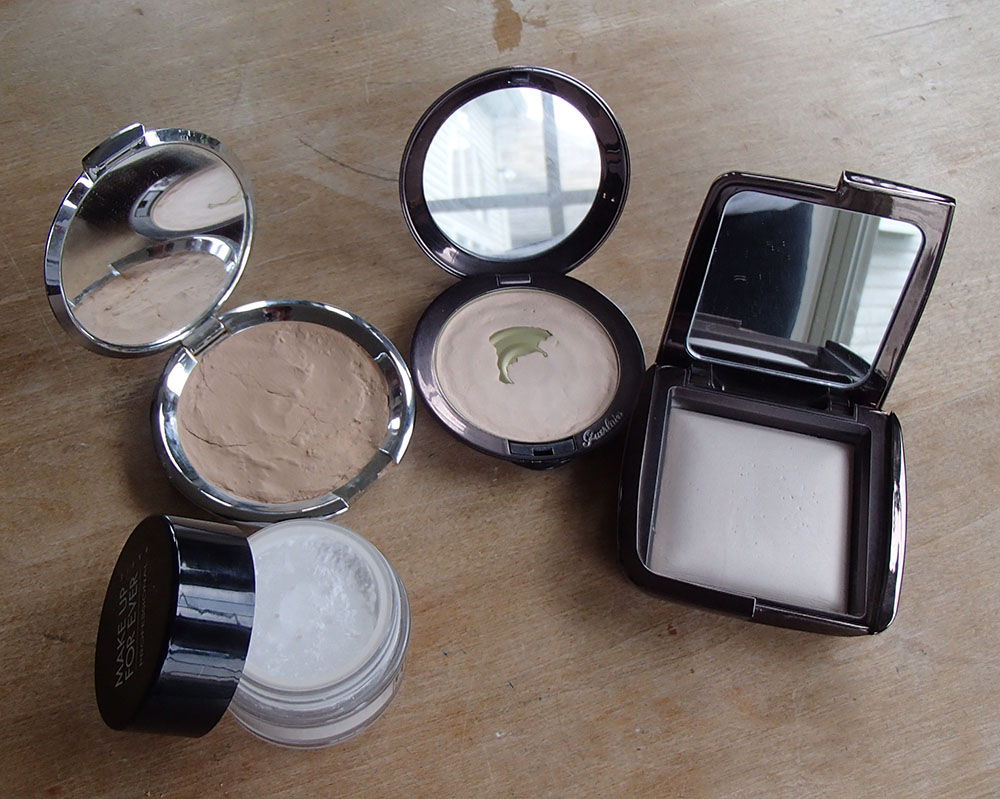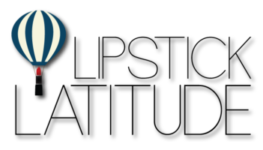
Makeup Basics: Powder
Part eleven of the Makeup Basics series.
There are a huge number of options out there, but what are they even supposed to do?
Powder:
What is it?
A pressed or loose powder that you use all over your face. Or not. Whatever, it’s your face, you can do what you want. Not everyone finds powder a necessary part of their makeup routine, and you don’t have to use it all over your face either – sometimes you just need a bit in certain areas.
Why might I want to use this stuff?
Powder is a pretty generic catch-all term that describes pretty much any powder meant to be used all over the face, but there are a lot of different types that give you different end results. There are probably reasons & ways to use powder that I haven’t even dreamed of, but here are some common ones-
- Setting – using a powder over liquid/cream foundation or concealer helps absorb excess moisture, which can make your makeup last longer and prevent creasing. Using a setting powder over liquid face products can also make it easier to blend other powder products like blush and contouring powder.
- Blotting/mattifying – for some of us that have oily skin, developing a little bit of shine throughout the day is a matter of when, not if. Some powders contain oil-absorbing ingredients that will help keep you looking matte longer, or refresh the matte look later in the day.
- Coverage – some powders have a bit of color to them, helping to add coverage in addition to (or instead of) foundation.
- Finishing – these are meant to help even out the appearance of the skin. Many finishing powders have ‘light-reflecting particles’ that help mask the appearance of fine lines and pores.
Naturally there can be some overlap here – for example, you might use a skin-tone powder that adds a little bit of coverage and mattifies. I personally use my finishing powder to set my foundation.
How do I choose the right one for me?
Color
Your color choice will probably be influenced by what you’re using the powder for. Some of the usual options are –
- Translucent – these will generally look white in the container. They’re used to provide the benefits of powder without adding color to the skin, so they’re used a lot for blotting, setting and finishing.
- Skin-tone – made to blend in with your skin or foundation color, so the color ranges are usually similar to the shades you see in foundation. Powders in these shades are typically used to mattify while adding a bit of coverage. Some folks use powder foundation as a blotting powder, or use skin-tone blotting powders as a light-coverage powder foundation.
- Color-correcting – this is especially common with finishing powders. The product might have a pinkish cast to brighten up sallow skin tones, or be very slightly green to help cover up redness in the skin.
Finish
In general, most powders will either be matte or reflective (look for buzz words like dewy, glowy, luminous, etc), and some even have a bit of shimmer or glitter. Which one you choose depends on the look you’re going for.
Formula
You have two main options here-
- Loose – generally comes in a jar with a sifter top. To use it, you shake it a bit with the top closed, then open it up and apply, generally with a large fluffy brush. Loose powders are great for getting a very light application, but the containers tend to be bulky and messy.
- Pressed – these come in a pan or compact and can be applied with a large, fluffy brush or a slightly denser one. Pressed powders are usually more portable and less messy to use, but it’s a little easier to pick up too much product if you’re not careful.
My favorites
My most-used powders are Hourglass Ambient Lighting Powder, which I use for setting and finishing.
Fin.
You made it to the end! Feel free to comment below if you still have any unanswered questions.

Leave a Reply